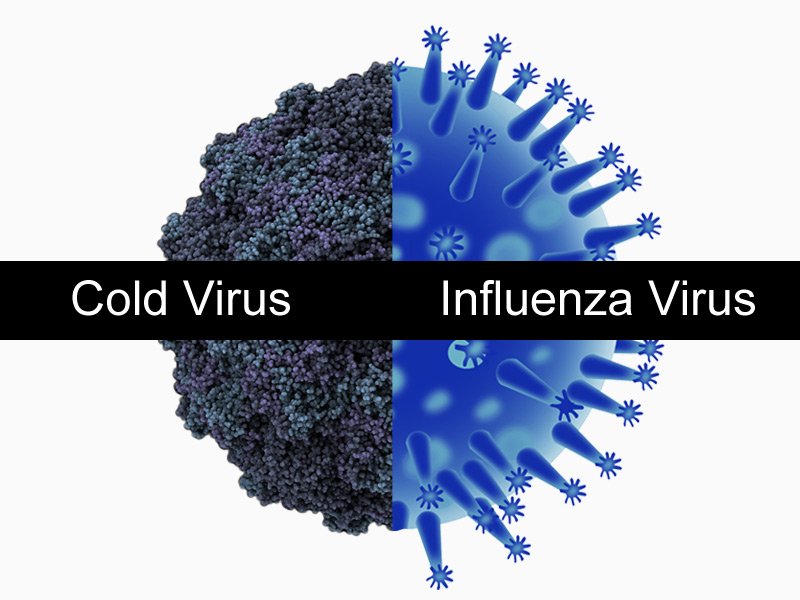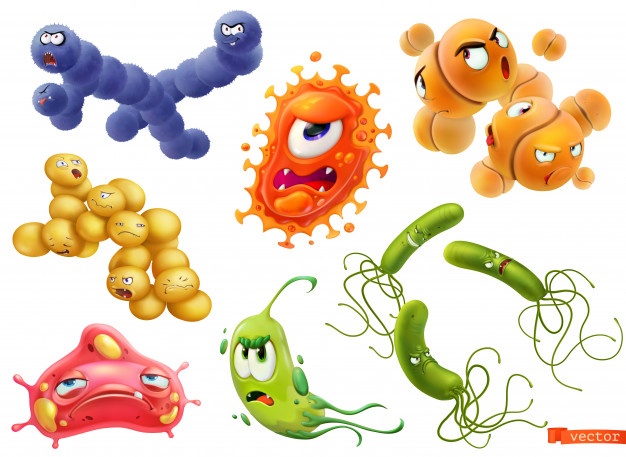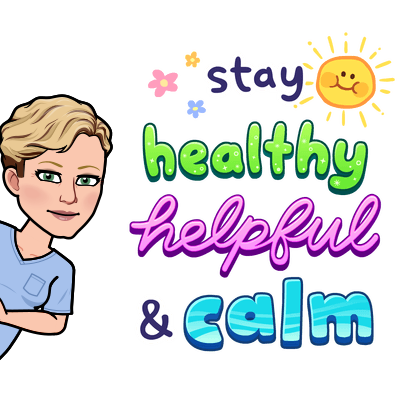
We urge you to keep children with symptoms of cold or flu at home.
Please read guidelines below to help you decide if you should keep them home from school.
+ Very stuffy or runny nose and/or cough
+ Mild sore throat (no fever, no exposure to strep throat
+ Headache
- Fever greater than 100 without the use of Motrin or Tylenol
- Chills
- General tiredness or not feeling good
- Frequent congested (wet) cough or croup-sounding cough
- Lots of nasal congestion with frequent blowing of nose
- Stomach symptoms are not part of cold or flu symptoms but for good health sake follow these guidelines for staying home and preventing spread of disease……
- Vomiting (even just once)
- Diarrhea
- Wash their hands frequently
- Not touch their eyes, nose or mouth
- Cover their mouth and nose when sneezing and coughing and only use tissues once
- Avoid close contact with people who are sick
- Do not share drinks and food with others

A Cold or Flu
A cold or flu spreads most easily during the first 48 hours. A child who has a fever should remain at home until the fever has been lower than 100.4 degrees for 24 hours. Usually, antibiotics are not given for simple colds and flu.

Strep throat or ear infections
Strep throat or ear infections may require antibiotics. A child taking antibiotics should be on the medication for 24 hours before returning to school

Observation of your Student
A child may awaken with unclear complaints, which could be a cold or flu, it is wise to observe him or her at home for an hour or two before deciding whether to bring him/her to school. Many of you do this already and we greatly appreciate it!!!!

Please Remember
A child should be physically able to participate in all school activities when returning to school. Keeping a sick child at home will help reduce the spread of colds and flu in the classroom. It is a VERY long day for a child who is sent to school sick.
